Have you ever come home to find your favorite mug shattered on the floor, all thanks to your mischievous cat? It’s a scene familiar to cat lovers everywhere, and it never fails to baffle and amuse. Why do our beloved felines seem so determined to push things off counters, shelves, and tables? Is it just for fun, or is there something deeper going on in those mysterious minds? Let’s dive into the fascinating world of cat behavior and uncover the surprising reasons behind this quirky, sometimes maddening habit.
Natural Instincts at Play

Cats are born hunters, even if they’ve never set paw outside. Their instincts drive them to investigate and manipulate their environment. When a cat bats at an object, it mimics the way it would handle prey in the wild. This tapping, pawing, and eventually knocking over is a way for your cat to test if something is alive or edible. It’s almost as if your desk ornament is a mouse hiding in plain sight! By engaging with objects this way, cats satisfy their deep-rooted hunting urges, reminding us that our fluffy companions are still wild at heart.
Curiosity: The Classic Cat Trait

“Curiosity killed the cat,” they say, but it sure keeps them entertained! Cats are naturally inquisitive creatures. They’re drawn to new, shiny, or unusual objects in their territory. Knocking things over is one way they explore and learn about their environment. If a vase wobbles and crashes, that’s new information for them. Every item presents a mini science experiment, and your cat is the scientist in the lab coat—except their experiments can get a little messy.
Testing Gravity and Physics

Sometimes, it seems like cats are secret physicists. When they nudge your phone closer to the edge, it’s as if they’re testing gravity itself. Cats don’t know about Newton’s laws, but they quickly learn that what goes up must come down—or in this case, what’s on the table must end up on the floor. This repeated action helps them understand how their world works, and perhaps even how they can manipulate it. Who knew your cat was running their own experiments right in your living room?
Seeking Attention From You

If you’ve ever ignored your cat only to have them swipe your pen off the desk, you’ve witnessed the classic “look at me!” move. Cats are smart, and they quickly figure out what gets your attention. Knocking things over is a surefire way to break your focus and have you come running. Whether they want food, playtime, or just a bit of affection, your cat’s antics often come down to wanting a response from their favorite human.
Boredom Breeds Mischief
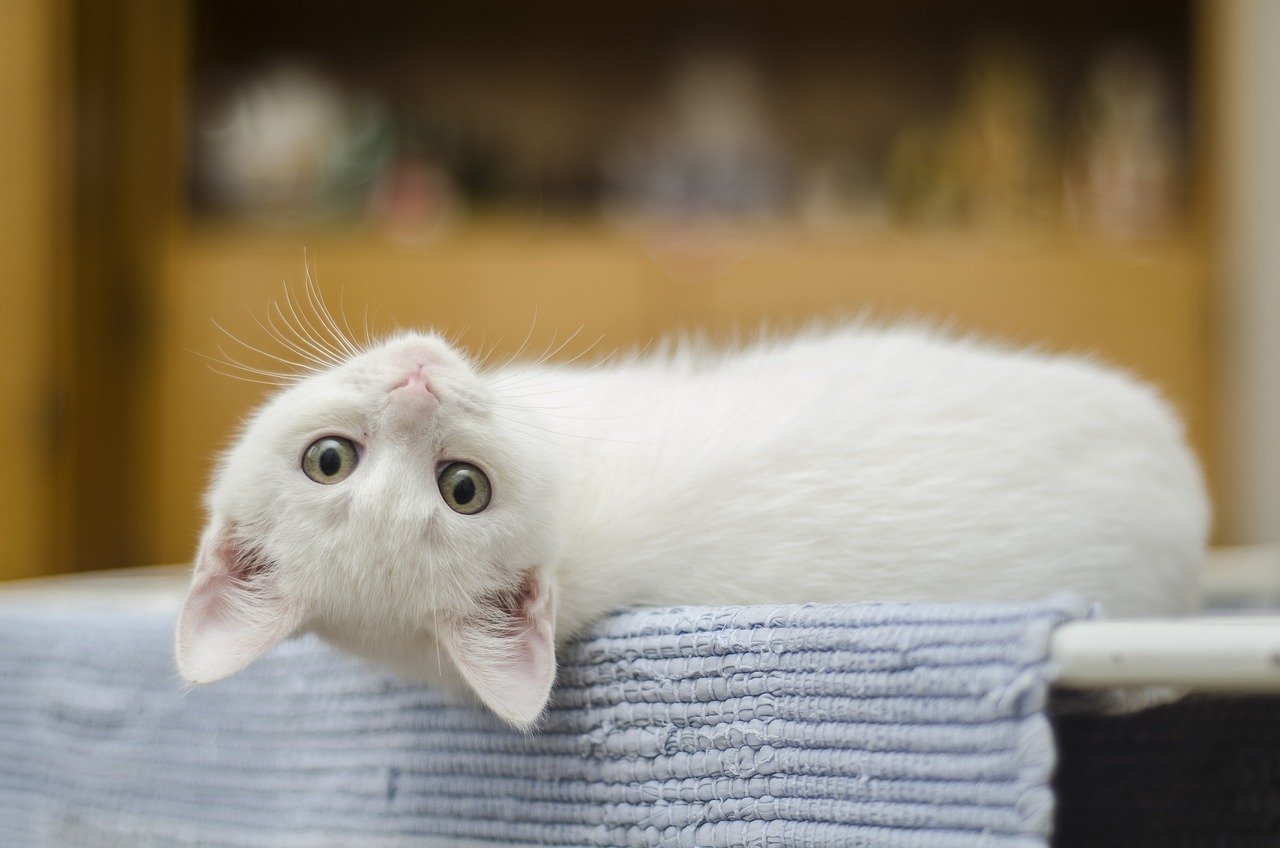
A bored cat is a creative cat—and sometimes, a destructive one. When felines don’t have enough stimulation, they invent their own entertainment. Knocking things over becomes a game, a way to pass the time and spice up their otherwise predictable day. Especially for indoor cats with limited activities, even a falling pencil can provide a moment of excitement and satisfaction.
Exploring New Surfaces and Objects

Every new object that enters your home is a mystery to be solved. Cats use their paws to feel, move, and test unfamiliar items. By batting at a new trinket or pushing a glass, they’re determining its texture, weight, and mobility. It’s their version of poking and prodding, just to see what happens. This tactile exploration helps them feel more comfortable and in control of their environment.
Predatory Practice Runs

Even the laziest house cat has a predator’s heart. Playing with objects, especially ones that move or make noise when hit, is a form of practice for the real hunt. Knocking over a bottle can mimic the chase, capture, and kill sequence they’d use outdoors. It’s a harmless way for cats to stay sharp and agile, even if their biggest prey is a rolling chapstick.
The Thrill of the Reaction

Let’s be honest—cats love a little drama. The crash of a falling object, your startled shout, or the sudden movement is thrilling for them. They learn quickly that certain actions create a big response, and that can be irresistible. It’s a bit like a toddler discovering the joy of banging pots and pans. The immediate feedback keeps them coming back for more.
Honing Their Motor Skills

Just like people, cats need to practice their physical skills. Swatting at objects, balancing on edges, and pushing things off surfaces help them fine-tune their muscles and coordination. Think of it as feline gymnastics—each paw swipe is a little exercise session, keeping them limber and agile. This kind of play is especially important for younger cats, who are still developing their strength and precision.
The Allure of Moving Objects

Anything that rolls, spins, or wobbles is an instant target for a cat. Movement catches their keen eyes and triggers their chase instinct. A pen rolling off a table or a keychain teetering on the edge is simply irresistible. Cats can’t help but follow their natural urge to pounce on things that move, even if it means the object ends up on the floor.
Marking Their Territory
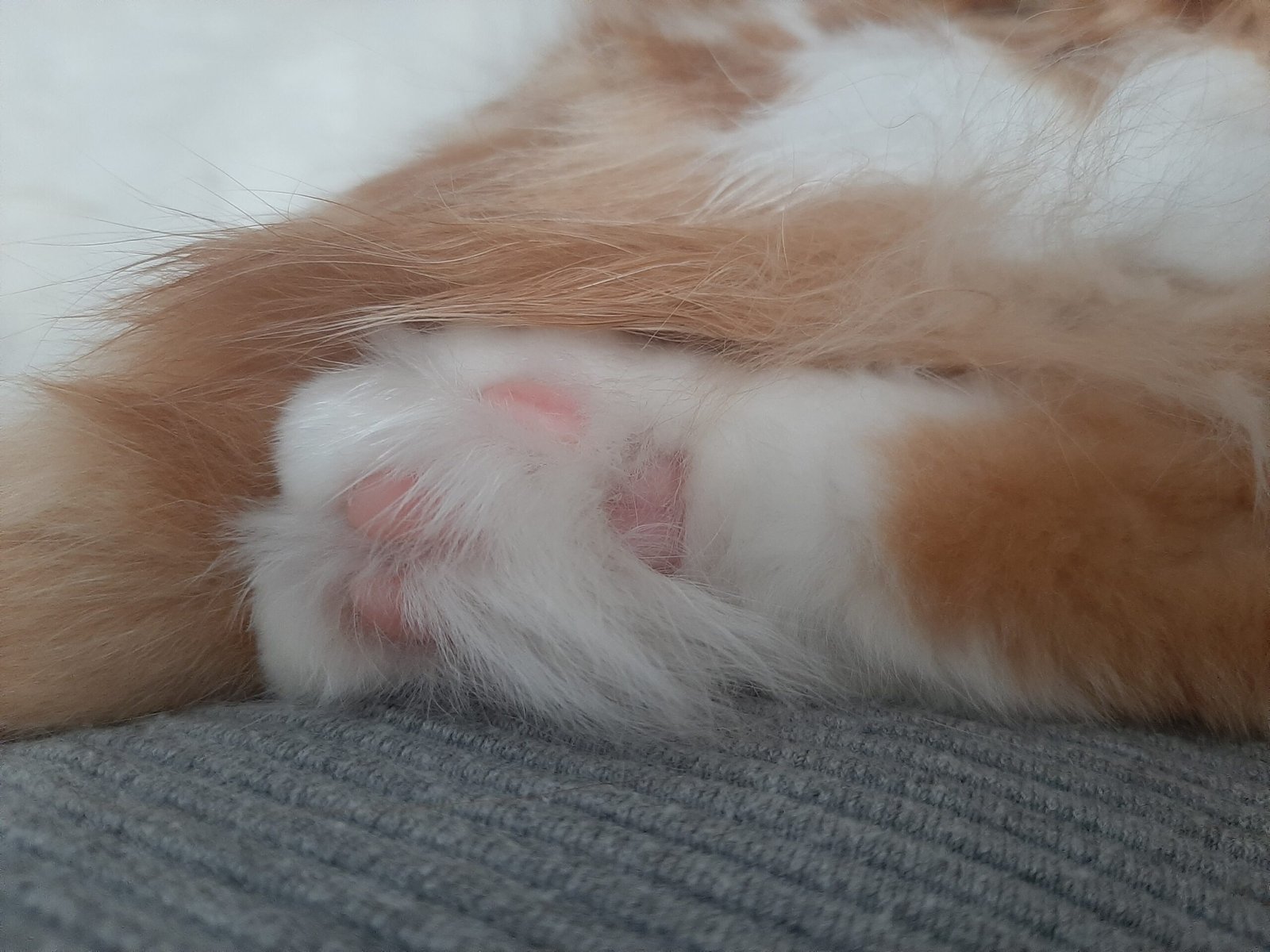
Cats are territorial animals. They use scent glands in their paws to mark objects as “theirs.” By touching, batting, or knocking things over, your cat is not only exploring but also claiming ownership. It’s their way of saying, “This is mine, and I’ll do what I want with it.” Next time your cat sends your sunglasses flying, just remember—they might be leaving their personal signature behind.
Stress or Anxiety Responses

Not all object-batting is playful. Sometimes, cats knock things over when they’re feeling stressed or anxious. Changes in the environment, new people, or even loud noises can make your cat uneasy. Acting out by pushing objects off surfaces can be a way to cope or self-soothe. It’s like us nervously tapping our fingers; for cats, it’s a way to regain a sense of control during uncertain times.
Communicating Displeasure

Cats have their ways of letting you know when something’s not right. If their litter box isn’t clean or their food bowl is empty, you might find your belongings scattered on the floor. Knocking things over becomes a message: “I’m not happy, and you need to fix it.” This form of feline protest might seem passive-aggressive, but it’s often their way of sending a clear signal.
Imitating Other Cats or Animals
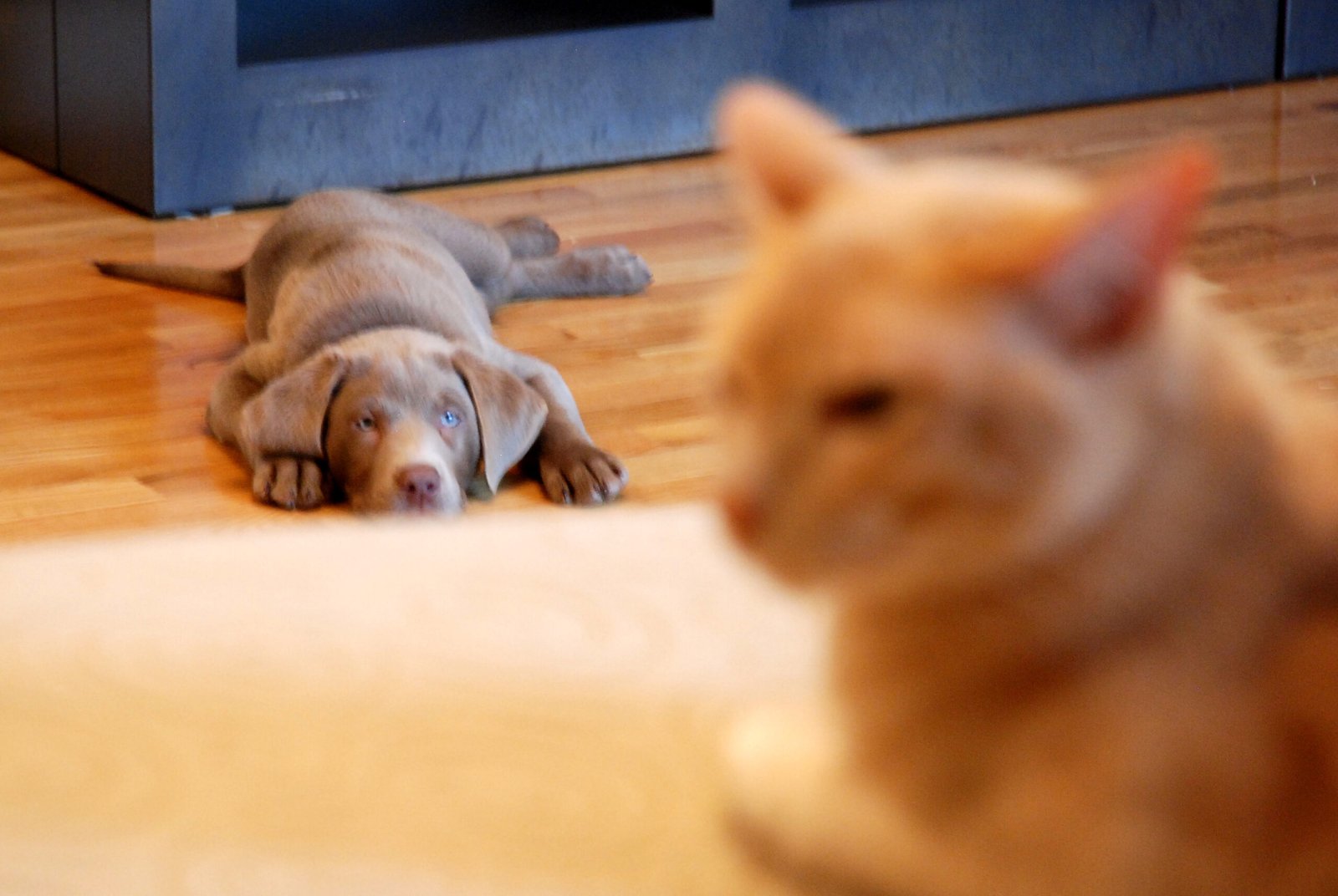
If you have more than one cat, you may notice a little “monkey see, monkey do” behavior. Cats learn from each other, especially younger ones watching their elders. If one cat discovers the fun of pushing things over, the others might quickly join in. This learned behavior can turn a single incident into a full-blown trend in your household. It’s almost like a viral cat video, but in real life.
Responding to Environmental Changes

Cats are sensitive to changes in their surroundings. A new piece of furniture, a rearranged room, or even a different scent can set them off. When their environment changes, cats may react by knocking things over more frequently. It’s their way of testing the stability of their world and reasserting their presence in a space that suddenly feels unfamiliar.
Unintended Consequences of Play

Sometimes, cats don’t mean to knock things over at all. High-energy play sessions can send objects flying simply by accident. Chasing a toy mouse or leaping across the table might end with an unplanned crash. Cats may look surprised themselves after the fact, giving you that classic wide-eyed “Wasn’t me!” expression.
Nighttime Adventures
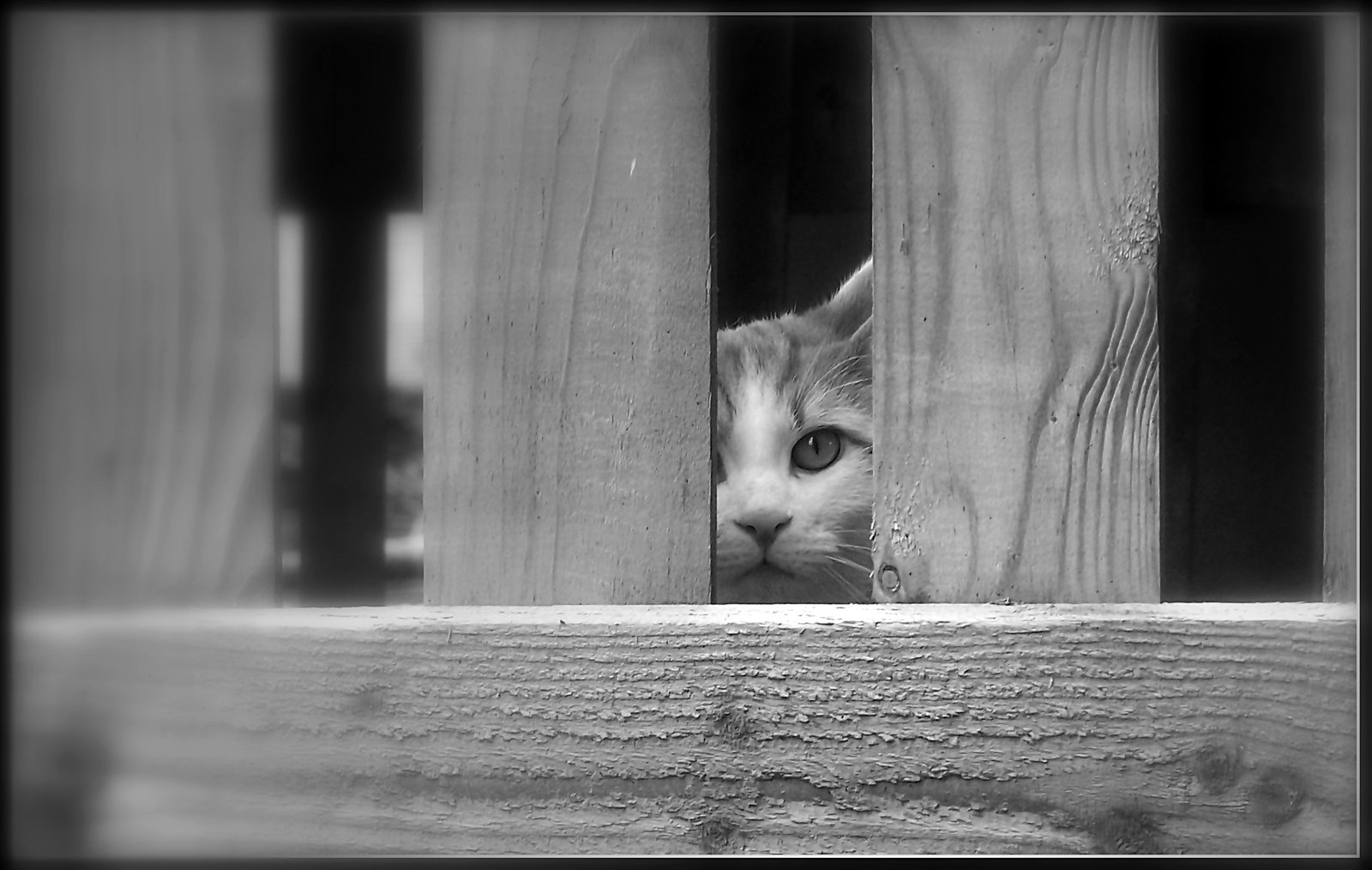
Ever hear a crash in the middle of the night? Cats are crepuscular, meaning they’re most active at dawn and dusk—and often in the middle of your sleep cycle. When the house is quiet and dark, your cat’s curiosity and energy levels spike. Exploring, playing, and yes, knocking things over becomes their midnight sport. It’s no wonder you sometimes wake up to a scene of chaos.
Reinforcement from Owners

Believe it or not, we often encourage this behavior without realizing it. If you rush to pick up an object or scold your cat, you’re giving them attention. Even negative attention can reinforce the habit, making your cat more likely to repeat it. Over time, they learn that knocking things over is a reliable way to get you involved, even if it’s just to grumble and clean up.
Medical Issues and Aging
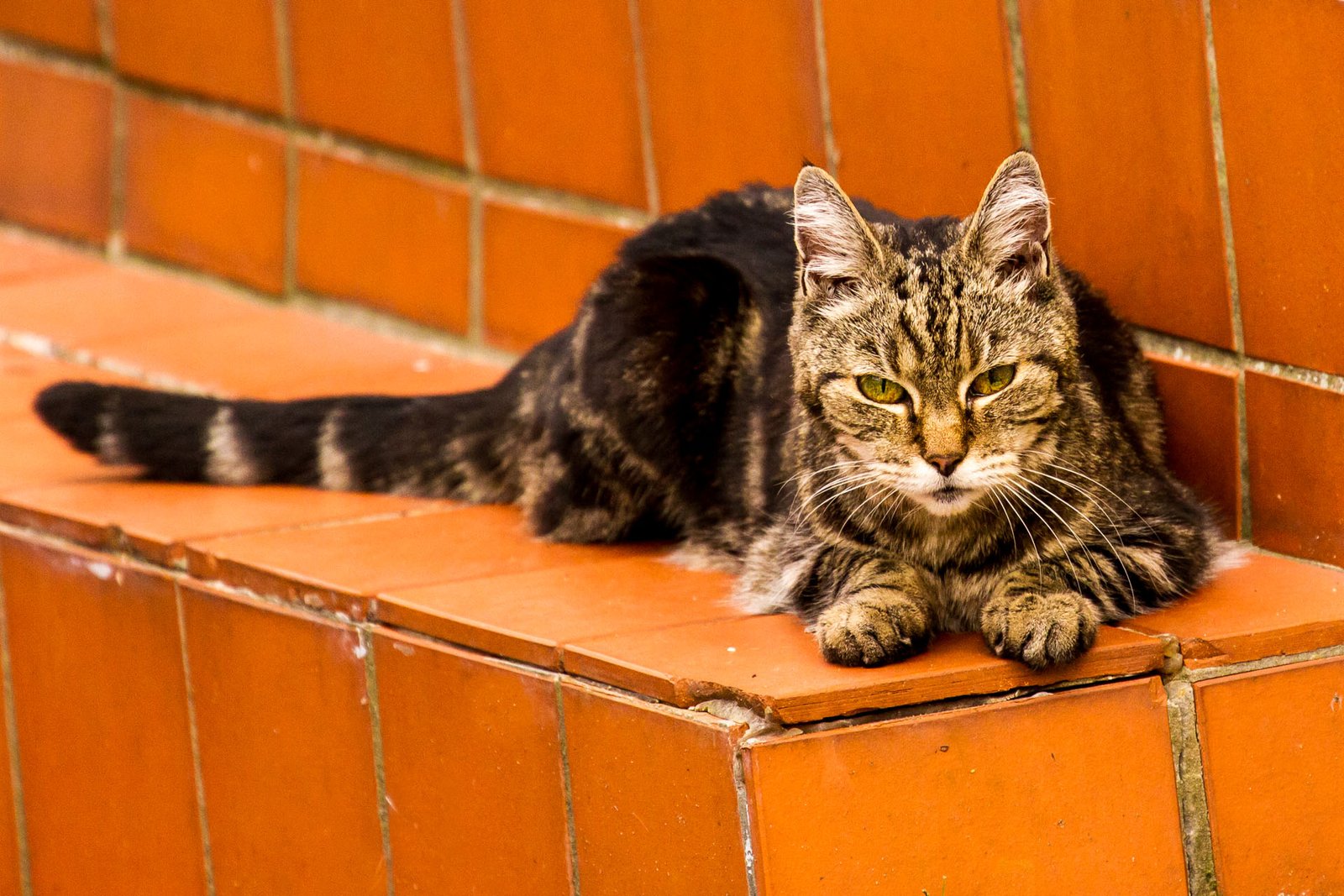
In some cases, changes in behavior like increased knocking over objects can signal medical problems. Older cats or those with vision or balance issues may accidentally push things off surfaces while navigating. If your cat’s clumsiness seems new or out of character, it’s worth checking with your vet to rule out any health concerns. Sometimes, what looks like mischief is actually a sign they need some extra care.
Every Cat Is Unique

No two cats are exactly the same. Some may rarely knock things over, while others seem to make it their life’s mission. Personality, age, breed, and past experiences all play a role in how, when, and why your cat engages in this behavior. It’s part of the charm and unpredictability that makes living with a cat such a wild ride. Understanding your individual cat’s motives can help you respond with patience—and maybe even a sense of humor.
How to Minimize the Mayhem
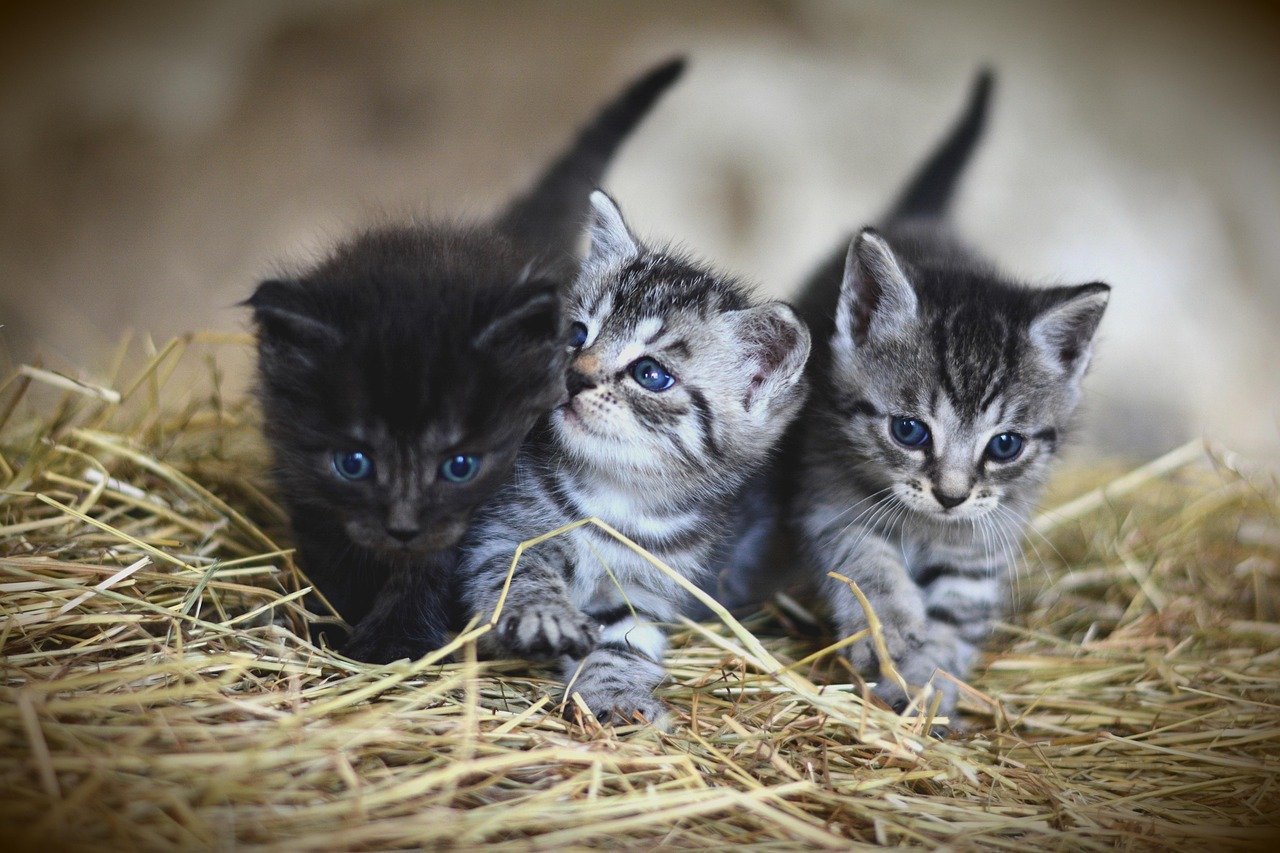
If you’re tired of cleaning up after your cat’s latest “experiment,” there are ways to reduce the chaos. Providing plenty of toys, interactive play, and safe spaces can help redirect their energy. Secure or put away fragile items, and try to avoid reacting dramatically when accidents happen. With a bit of planning, you can protect your belongings while still embracing your cat’s playful spirit.
And there you have it—the next time your cat pushes something off the counter, you’ll know there’s a whole world of reasons behind that little paw swipe.
Hi, I’m Bola, a passionate writer and creative strategist with a knack for crafting compelling content that educates, inspires, and connects. Over the years, I’ve honed my skills across various writing fields, including content creation, copywriting, online course development, and video scriptwriting.
When I’m not at my desk, you’ll find me exploring new ideas, reading books, or brainstorming creative ways to solve challenges. I believe that words have the power to transform, and I’m here to help you leverage that power for success.
Thanks for stopping by, Keep coming to this website to checkout new articles form me. You’d always love it!






